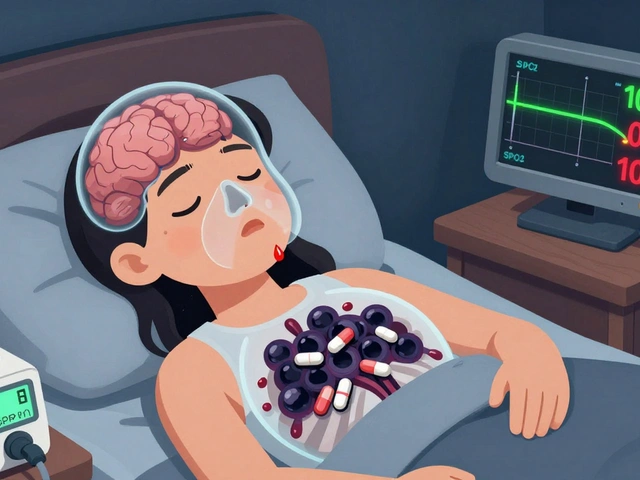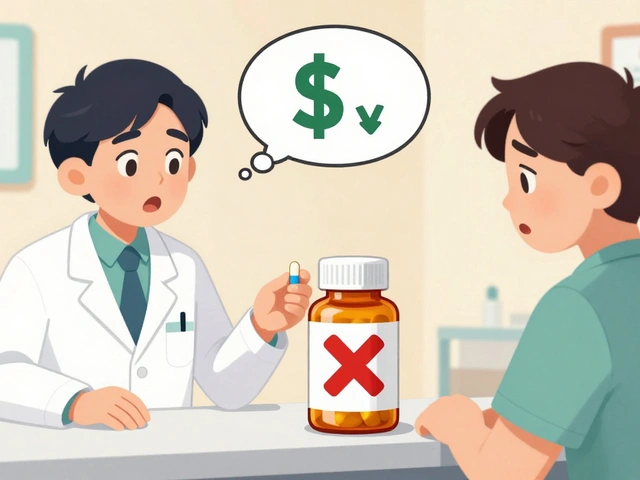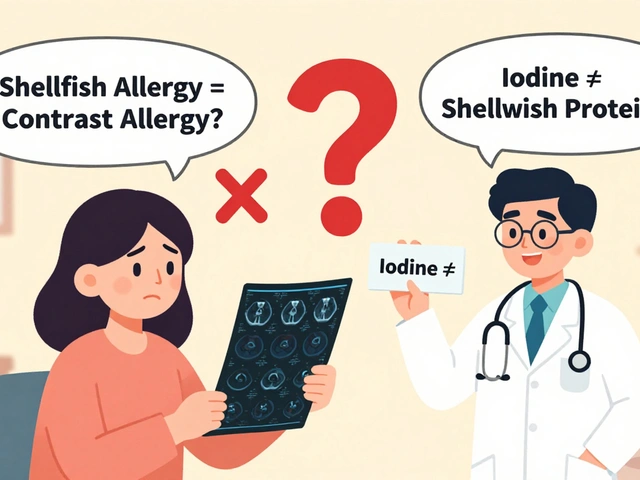Mechanism of Action: How Everyday Medicines Work
Ever wonder what makes a pill lower your fever or an injection stop a clot? The answer lies in the drug’s mechanism of action – the exact way it interacts with your body’s cells. Knowing this helps you understand why a medicine is prescribed, what side effects to watch for, and how it might mix with other drugs.
What Does "Mechanism of Action" Mean?
A drug’s mechanism of action (MoA) is the step‑by‑step process it follows once it enters your bloodstream. Some drugs block a receptor, others boost a natural hormone, and some destroy a pathogen directly. For example, Bactrim (sulfamethoxazole + trimethoprim) stops bacteria from making folic acid, a vitamin they need to grow. Without folic acid, the bacteria die, and the infection clears.
Another clear case is Alpelisib. This cancer medicine blocks the PI3K‑α enzyme, a protein that tells tumor cells to grow. By shutting that signal down, Alpelisib slows the tumor’s expansion. The same principle applies to many other drugs you’ll see on this site, from antibiotics to cholesterol pills.
Why Knowing the Mechanism Matters
Understanding MoA gives you a shortcut to predict side effects. If a drug blocks a receptor that also appears in the gut, you might get nausea. Take Enoxaparin, a blood‑thinner. It mimics antithrombin and stops clotting factors from forming clots. Because it works in the bloodstream, you might see bruising at injection sites – a direct result of its anti‑clot action.
MoA also tells you which drugs are safe to combine. Modafinil (found in Provigil) boosts wakefulness by inhibiting dopamine reuptake. Pairing it with other dopamine‑affecting meds could intensify the effect, leading to jittery feelings. Knowing the overlap helps you avoid risky combos.
When you read a new article, look for the MoA sentence. It usually starts with words like “inhibits,” “activates,” or “blocks.” That line is your cheat sheet for how the drug does its job.
Here are a few quick examples from our tag archive:
- Legionnaire’s Disease and Pneumonia – the bacteria release toxins that damage lung tissue, triggering inflammation.
- Lipitor (atorvastatin) – blocks HMG‑CoA reductase, the enzyme that makes cholesterol in the liver.
- Ivabradine – slows the heart’s pacemaker cells by inhibiting the funny current (If) channel.
- Black Seed Supplements – contain thymoquinone, which may modulate inflammatory pathways, but high doses can stress the liver.
Seeing these patterns helps you connect the dots between a drug’s purpose and its side‑effect profile.
In practice, ask your pharmacist or doctor: “What is the mechanism of action for this medication?” If they can’t answer, it’s worth a follow‑up. A clear MoA means the provider knows how the drug works and can tailor treatment to your needs.
Bottom line: the mechanism of action is the drug’s playbook. It tells you what the drug targets, why you feel better, and what to watch out for. Keep this in mind next time you pick up a prescription, and you’ll be a step ahead in managing your health.
Tamoxifen: How It Works, Benefits, Dosage & Side Effects Explained
A clear, up‑to‑date guide on Tamoxifen covering its purpose, how it works, dosing schedules, common side effects and tips for safe use.
Read More





